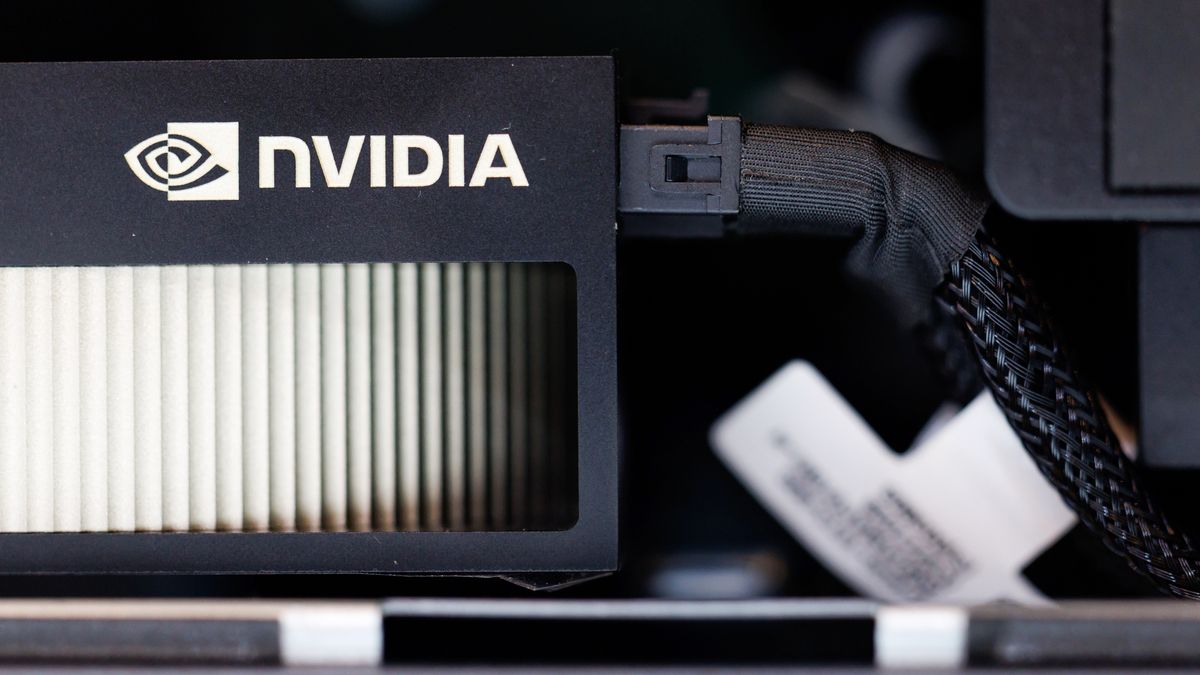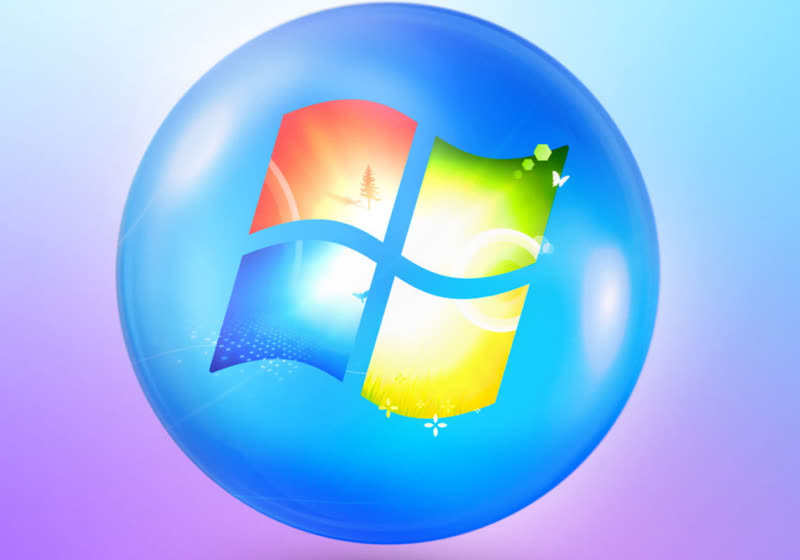The HDMI Forum, responsible for developing HDMI technology standards, officially revealed its new HDMI 2.2 specification earlier this year, and it's a big deal.
The new specification will feature new display transfer wizardry that should provide higher bandwidth and a wide range of higher resolutions and refresh rates. According to the company press release, "Higher 96Gbps bandwidth and next-gen HDMI Fixed Rate Link technology provide optimal audio and video for a wide range of device applications."
Also: Wi-Fi 8: Stability, not speed, is the name of its game
Debuting back in 2002, HDMI (High Definition Multimedia Interface, in case you ever wondered) has been steadily improving for decades. The current standard, HDMI 2.1b, already supports up to 10K resolution, 120Hz refresh rates, dynamic HDR, and up to 48 Gbps of data transfer bandwidth -- and those specs are about to take another great leap forward.
"The HDMI Forum's continuing mission is to develop specifications to meet the HDMI ecosystem's growing demand for high-performance capabilities and features," said Chandlee Harrell, president of the HDMI Forum.
With the new specifications, HDMI 2.2 will approach the capabilities of DisplayPort 2.1 (80 Gbps) and, thereby, provide a significant opportunity for filmmakers and game developers to produce next-gen quality media for years to come. HDMI 2.2 also supports Latency Indication Protocol (LIP) for more synchronized audiovisual performance -- something that will benefit soundbar users, for example.
Also: The best HDMI cables you can buy
Thankfully, HDMI 2.2 cables will retain their familiar physical design, allowing them to plug right into all your existing devices with full backward compatibility.
Lastly, and most importantly for many users, expect the new HDMI cables to be more expensive than your standard one -- at least in 2025. There's a price for innovation, folks. Before too long, manufacturers of graphics cards and TVs will adopt the new specification, mitigating the price as HDMI 2.2 becomes the new AV standard.

 5 months ago
46
5 months ago
46









 English (US) ·
English (US) ·